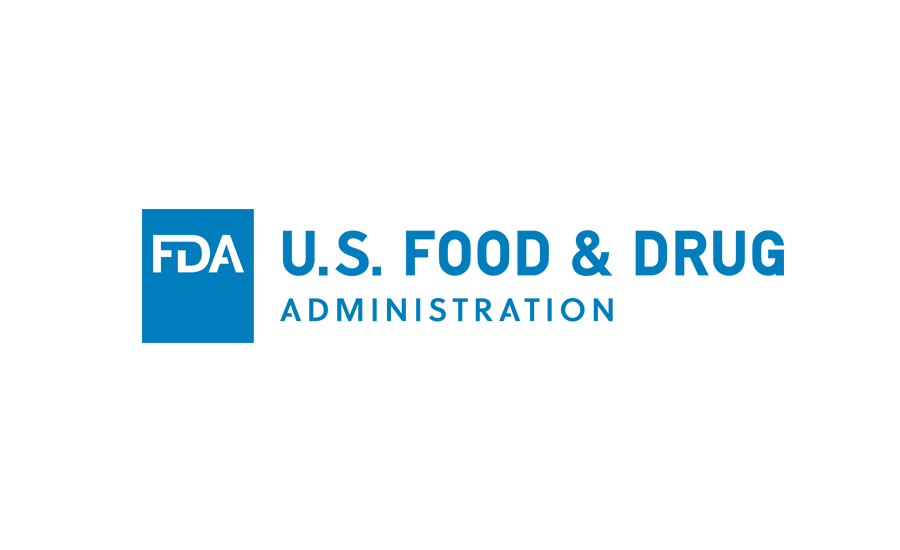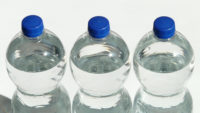FDA announces proposed ruling on fluoride in bottled water

The U.S. Food and Drug Administration (FDA) announced today that it is proposing to revise the quality standard for bottled water to specify that bottled water to which fluoride is added by the manufacturer may not contain fluoride that exceeds 0.7 milligrams per liter (mg/L). If finalized, the proposed rule would amend the allowable levels of fluoride in domestically packaged and imported bottled water to which fluoride is added.
This proposal is based on findings from evolving research on optimal concentrations of fluoride that balances fluoride’s benefits in preventing tooth decay with its risk of causing dental fluorosis, a condition most often characterized by white patches on teeth. This proposed rule makes the standard for bottled water consistent with the U.S. Public Health Service’s (PHS) updated recommendation for the optimal fluoride concentration for community water systems to prevent tooth decay. In addition, this rule may reduce consumer confusion regarding inconsistency in fluoride level recommendations. The proposed rule would not affect the allowable levels for fluoride in bottled water to which fluoride is not added by the manufacturer (but which may contain fluoride from its source water).
In 1973, the FDA established standards of quality for bottled water, including allowable levels for fluoride, based on the PHS’s 1962 Drinking Water Standards. In 2015, the PHS updated and replaced its 1962 Drinking Water Standards related to community water fluoridation and recommended an optimal fluoride concentration of 0.7 mg/L. The FDA concluded that the addition of fluoride to bottled water should be consistent with the policy of allowing community water fluoridation.
Interested parties may comment on the proposed rule electronically by visiting http://www.regulations.gov and typing FDA-2018-N-1815 in the search box.
Looking for a reprint of this article?
From high-res PDFs to custom plaques, order your copy today!





